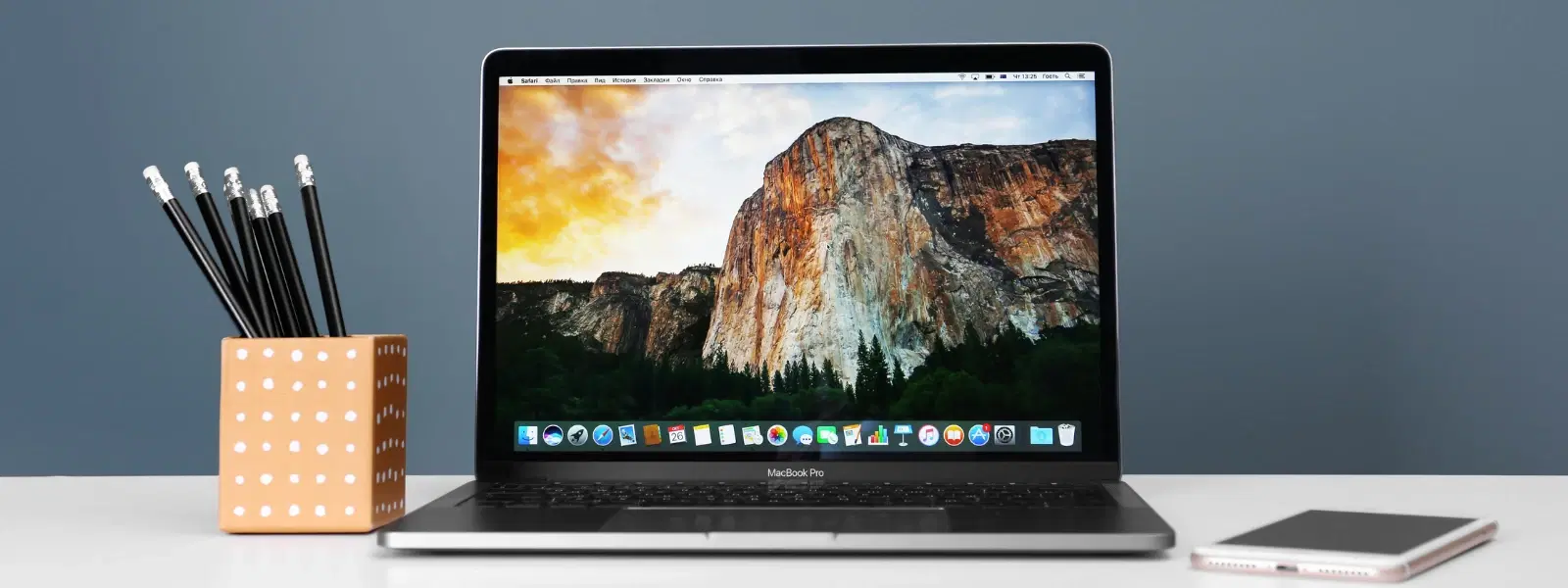
Consumer Electronics
•04 min read
Are you struggling to extend your Mac screen or set up dual monitors seamlessly? Many users find that extending the display on Mac not only boosts productivity but also enhances multitasking for work, gaming, or video editing. In this guide, you will learn everything from understanding the basics of screen extension to troubleshooting common issues and exploring advanced configuration tips.
Screen extension involves using an external monitor to create additional workspace beyond your Mac’s built-in display. Unlike Mac screen mirroring options where both screens show the same content, extending your screen gives you a separate display area. This setup is ideal for professionals needing to keep multiple apps open or for families who want to enjoy a larger picture during entertainment sessions.
Before you connect external monitor to Mac, it is important to check your device’s compatibility. Most Macs support a specific number of external displays. Ensure you review your MacBook external display settings and understand the ports available – whether they be HDMI, USB-C, or Thunderbolt. This compatibility check will pave the way for a hassle-free Mac dual monitor setup.
To extend the display on your Mac, start by identifying the right cables and adapters that are compatible with your device. Once you have the correct accessory:
Plug the external monitor into your Mac using the appropriate connection.
Power on both the monitor and your Mac.
Once connected, your Mac should auto-detect the external display, letting you switch from mirror display to extended display mode.
After connecting, navigate to System Settings > Displays. Here, you can adjust display settings on Mac such as resolution, monitor arrangement, and scaling. This step allows you to fully customise how you want to use your second screen with Mac, whether for work, entertainment, or creative projects.
You might need to switch between mirror display options and using a second screen with Mac. When you choose the extended configuration, the option ‘Use as Separate Display’ is activated, offering advanced multitasking abilities. This gives you the freedom to organise your workspace in a way that best suits your needs.
For an ergonomic setup, arrange your monitors so that they reduce eye strain and boost productivity. In addition, you can set the primary display where the menu bar and dock will reside. This is particularly useful when planning your Mac dual monitor setup for a balanced and seamless work environment.
While screen mirroring is useful for presentations and uniform display of content, extended display is more beneficial for multitasking. Use the extended screen option when you need to open several applications side-by-side and reserve mirroring for times when you want to share an identical view across displays.
If your Mac is not detecting the external display, common issues include using incompatible cables or adapters, having an outdated version of macOS, or experiencing port malfunctions. It is advisable to check each of these factors when troubleshooting your Mac extended screen troubleshooting queries.
If detection issues persist, consider the following steps:
Restart your Mac.
Reset NVRAM/PRAM and the System Management Controller (SMC).
Check for any macOS updates to ensure your system is up to date.
Did You Know? A clutter-free desktop can improve performance when extending your Mac screen. Clearing unnecessary files and apps before setting up your external display can make the overall experience smoother and more efficient.
For professionals and creative users, advanced features like Sidecar allow you to use your iPad as a second screen. Additionally, AirPlay can help wirelessly connect another display. Mac multiple monitor configuration options let designers fine-tune colour calibrations while gamers can adjust refresh rates for enhanced visuals.
Maximise your productivity by exploring workflows specifically designed for developers, video editors, and remote workers. Several apps and tools can streamline window management and improve the efficiency of your Mac dual monitor setup. Remember, working smartly can also earn you NeuCoins rewards when you shop smartly on platforms like Tata Neu, where you enjoy special benefits and seamless shopping experiences.
This depends on your Mac model. For example, some models support only one external display, while others, like the newer MacBook Pro variants, can support multiple monitors.
Check if your cables and adapters are compatible. Restart your Mac, ensure you have the latest macOS updates, and consider resetting NVRAM/PRAM or the SMC.
Yes, using Sidecar available on macOS Catalina and later, you can seamlessly use an iPad as an additional display.
Head over to the Displays section in System Settings on your Mac and select either Mirror Displays or Use as Separate Display as per your requirement.
This varies based on your Mac's ports; typical options include HDMI, USB-C, or Thunderbolt connectors, and you might require the appropriate adapter for older monitors.
Extending your Mac screen can transform your daily workflow, whether it is for managing multiple projects or simply enjoying more screen space for entertainment. With clear guidance on setting up and optimising your Mac dual monitor setup, you are now ready to explore the full potential of your Mac’s display capabilities. Embrace these tips and enjoy a seamless, productive experience while staying ahead with the benefits offered by trusted platforms like Tata Neu.